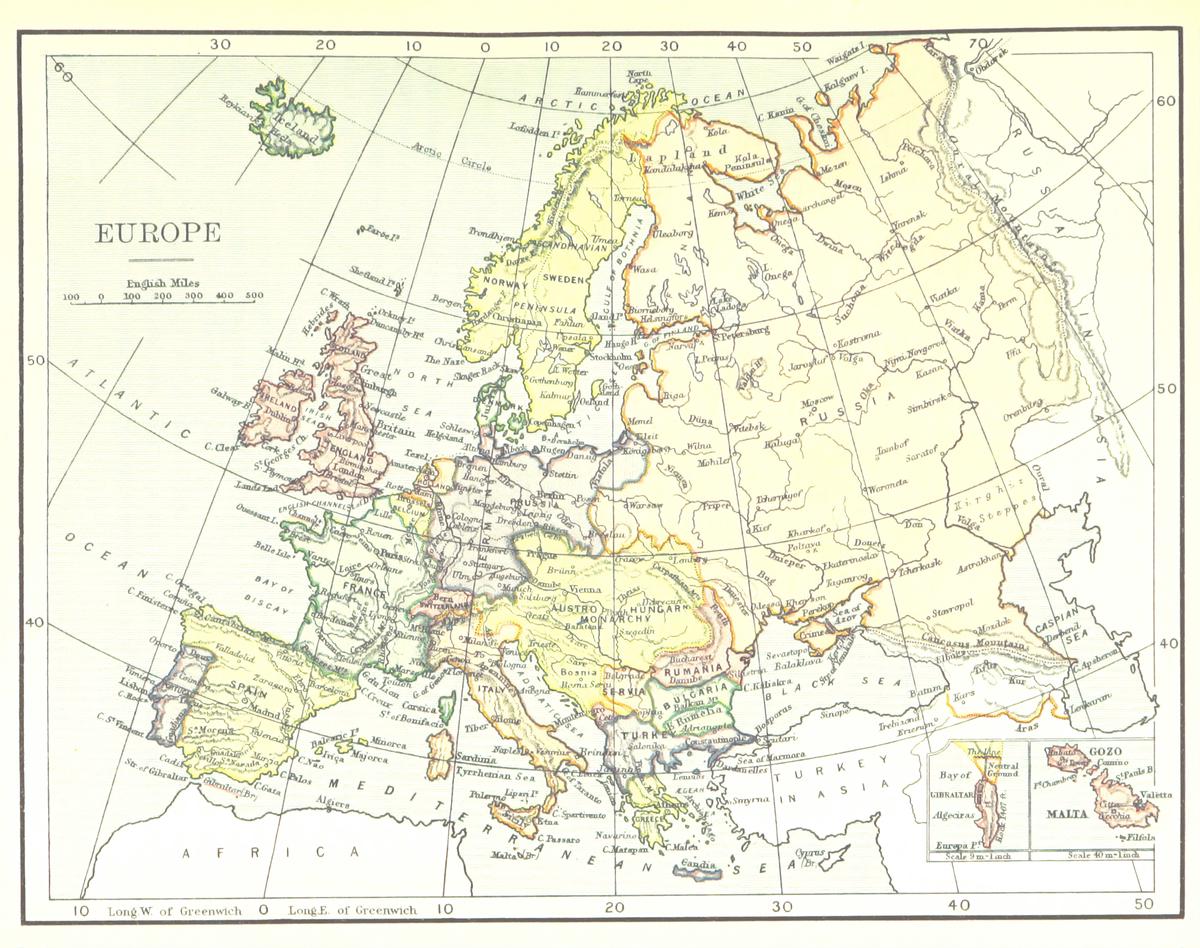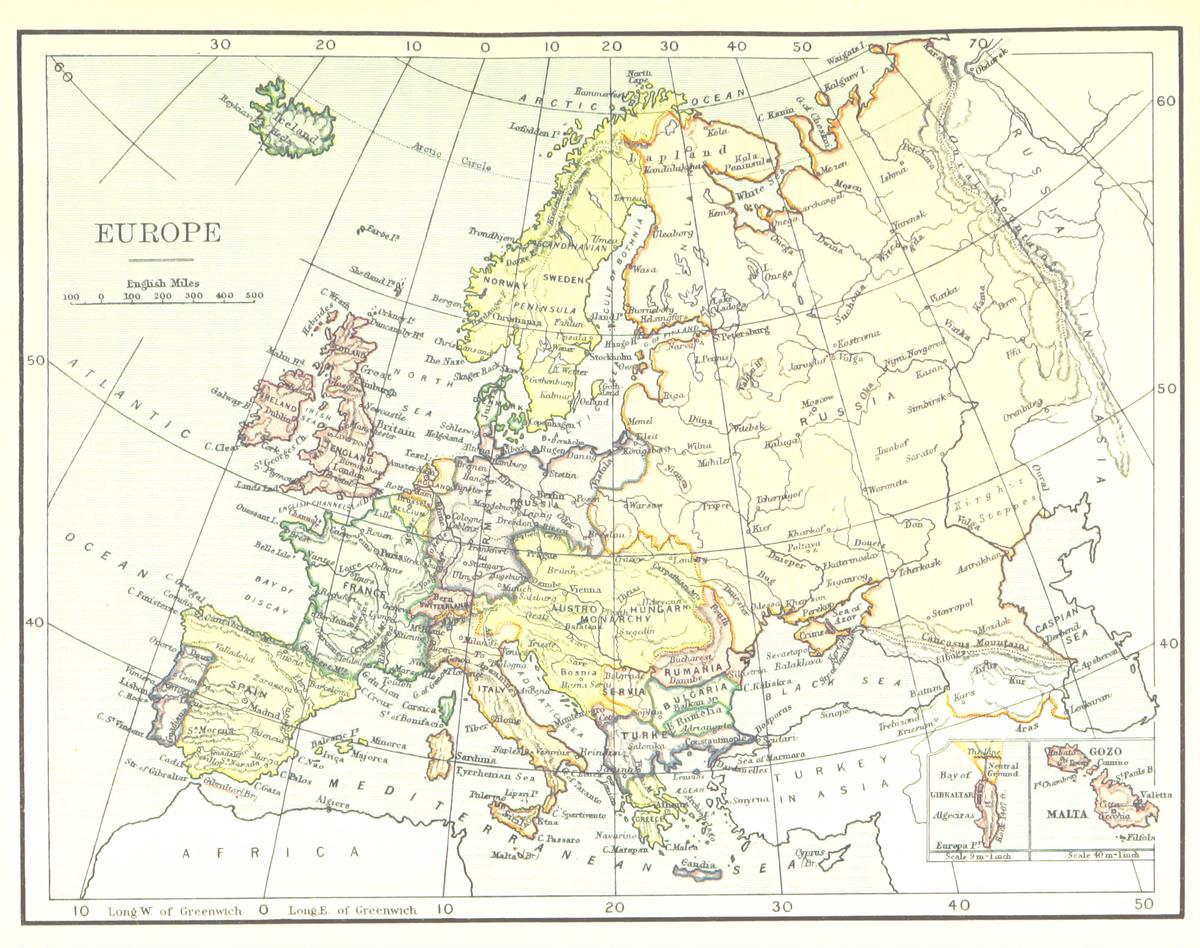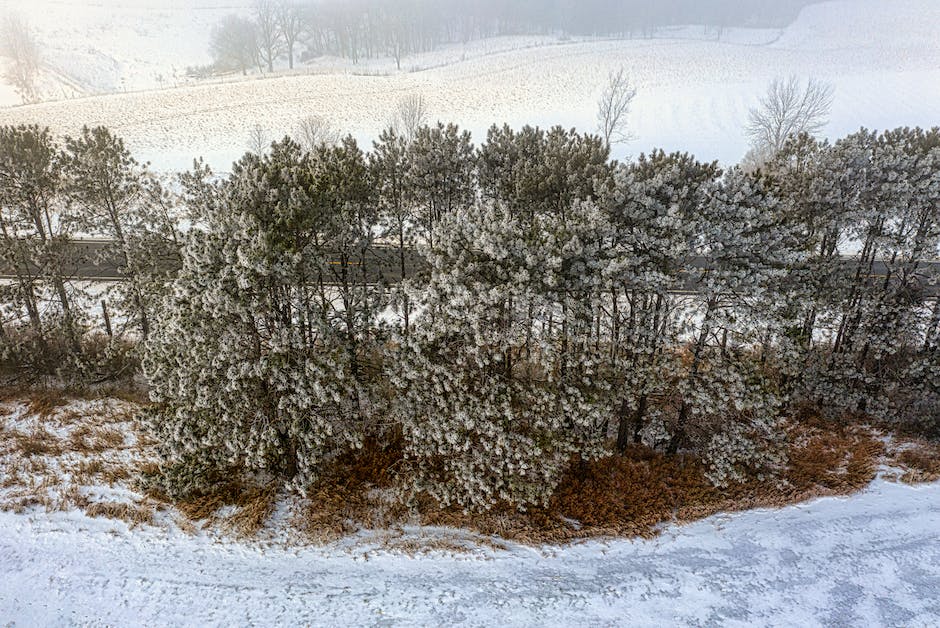Understanding Plant Zones in Minnesota: A Gardener’s Guide

Understanding your environment is an essential element of successful gardening, and nothing illustrates this better than the USDA Plant Hardiness Zone Map. Designed to help gardeners and growers recognize the local climate in relation to plant survival, the zone map has become a cornerstone of horticulture across the United States. When it comes to gardening in Minnesota, unraveling this map gives way to a vast resource that could make or break your gardening efforts. Covering Minnesota’s placement in this map, how the different climates across the state impact the hardiness zones, and which plants flourish best in these zones offers insight that any Minnesota based green thumb should harvest for a thriving garden.
What is the USDA Plant Hardiness Zone Map?
The USDA Plant Hardiness Zone Map is a tried-and-true treasure for gardening gurus across the United States, and it’s especially valuable for those who brave the mercurial weather of Minnesota. Crafted through scientific research and comprehensive climate data by the United States Department of Agriculture, this map depicts 11 distinct North American climate zones and serves as an indispensable guide to gardeners. It arms one with the knowledge of what plants will thrive, survive, or merely strive in specific geographies, including our beloved Land of 10,000 Lakes.
Let’s dive into how this map directly impacts gardening in Minnesota. This northern region is graced by Zones 3 and 4, where winters can be excruciatingly cold with temperatures plummeting to -40 degrees Fahrenheit. Zone 3 encompasses the coldest regions near the Canadian border, while Zone 4 paints the somewhat warmer southern areas of the state. An understanding of these zones is pivotal for Minnesota gardeners when deciding which plants to incorporate into their landscapes. Flora like the hardy geraniums or robust tall sedum, thrive in these zones. The Alaska Azalea is another sterling example of a plant that not only survives but flourishes in Minnesota’s bone-chilling winters, adding a vibrant splash of colour to a frosty white landscape.
So, in essence, the USDA Plant Hardiness Zone Map is akin to a trustworthy horticultural compass, steering Minnesotan gardeners towards the plants most likely to withstand the state’s challenging climate. It marries science and soil, equipping hobbyists and professional gardeners alike with the tools to curate their perfect garden. From selecting seeds to planning seasonal transitions, it’s an invaluable resource illuminating the path to successful and satisfying gardening in Minnesota.

Photo by britishlibrary on Unsplash
What zone is Minnesota in?
With its frigid winters and relatively cool summers, Minnesota lies predominantly within USDA zones 3 and 4. These zones endure winter temperatures as low as -40 F (zone 3) and -30 F (zone 4). That’s chilly! But these cooler zones are far from being barren. In fact, they can support an array of beautiful, hardy plants that are uniquely adapted to the cold.
Let’s delve a little deeper into these zones. Zone 3 covers the northern regions of Minnesota, including cities like International Falls and Baudette. This is the realm of the truly cold-hardy plants. Think Cranberries and Juneberries, or Balsam and White Firs. These plants are champs at enduring the frosty Minnesota winters! On the other hand, zone 4 extends further to the south, encompassing cities like Moorhead, Brainerd, and Hinckley. In this slightly warmer (but still chilly) zone, one would find Black Walnut Trees, Blue Wild Indigo, and even the Minnesota state flower, the Showy Lady’s Slipper.
When planning your planting strategy in Minnesota, considering the USDA plant hardiness is an absolute must. Pairing the correct hardiness zone with local weather patterns can make all the difference between a thriving, vibrant garden and a lackluster, stressed one. Whether you’re cultivating a rose garden in Moorhead or planting fruit trees in International Falls, the USDA plant hardiness zone map is the key to unlocking your garden’s full potential. Happy planting!

Photo by britishlibrary on Unsplash
Plant recommendations based on Minnesota’s zone
The Minnesota landscape is refreshingly diverse, with an equally broad assortment of plant species thriving across USDA Zones 3 and 4. While the Alaska Azalea might be an embodiment of resilience amidst Minnesota’s bone-chilling winters, the spectrum of possible plants to cultivate extends well beyond this hardy example. Both zones endorse the nurturing of myriad plants, each exhibiting a unique palette of color and texture that contributes to the state’s rich natural tapestry.
USDA Zone 3, normally exhibiting winter lows of -30 to -40 degrees Fahrenheit, sustains a variety of both ornamental and edible plants. Larch or Tamarack, recognizably feathery and reaching up to 75 feet, withstand the cold with elegance and are fantastic for those seeking a statement piece for their garden. On a smaller scale, perennials like Hostas and Daylilies are steadfast in their tolerance of chill temperatures while also adding a dash of visual flair to your garden design.
Meanwhile, Zone 4 expands the botanical possibilities for Minnesota gardeners with its slightly less harsh winter lows of -20 to -30 degrees Fahrenheit. The resilient Sugar Maple, delivering a firework display of fall color, and the Red Osier Dogwood, maintaining deep red stems throughout winter, are just two examples of trees that excel in this zone. Lavender, with its pleasant aroma and alluring color, also fares well in Zone 4, providing an extra sensory layer to any garden. Don’t forget the delectable Strawberries, perfect for adding a hint of sweetness to the summer months, they are well-adapted to this USDA zone as well.
In essence, gardening in Minnesota is about balancing visual appeal with climatic reality, working in harmony with the region’s distinctive weather patterns to curate a vibrant, heartening garden that breathes life, even in the midst of Minnesota’s harshest winters. As long as careful attention is paid to align plant choices with their suited hardness zone, the result will be a flourishing Minnesota garden, championing both the season’s challenges and the gardener’s dedication. Happy planting, indeed!

With Minnesota’s diverse climate, the knowledge of its hardiness zones and plant possibilities indeed paints a rich picture for gardening enthusiasts. A cornucopia of vegetables, fruits, ornamental plants, and trees can find their home in various parts of the state, from the cool, upper reaches to the more temperate areas. The key to successful cultivation hinges on your insight into these zones, the plants best suited here, and how you can manipulate their growing conditions for the best result. Let’s face it, an informed gardener is a successful gardener, and in the world of Minnesota horticulture, the USDA Plant Hardiness Zone Map is an invaluable guide on the journey to blooming success.



